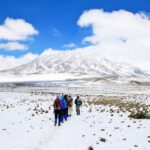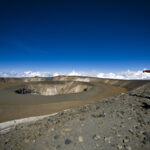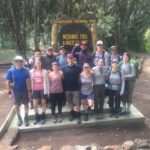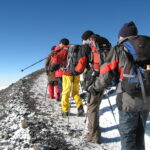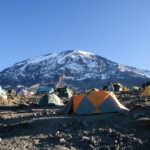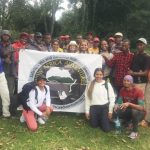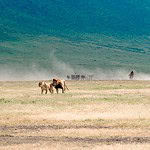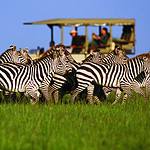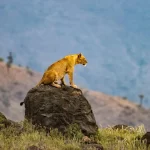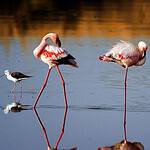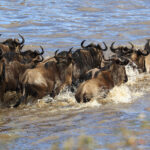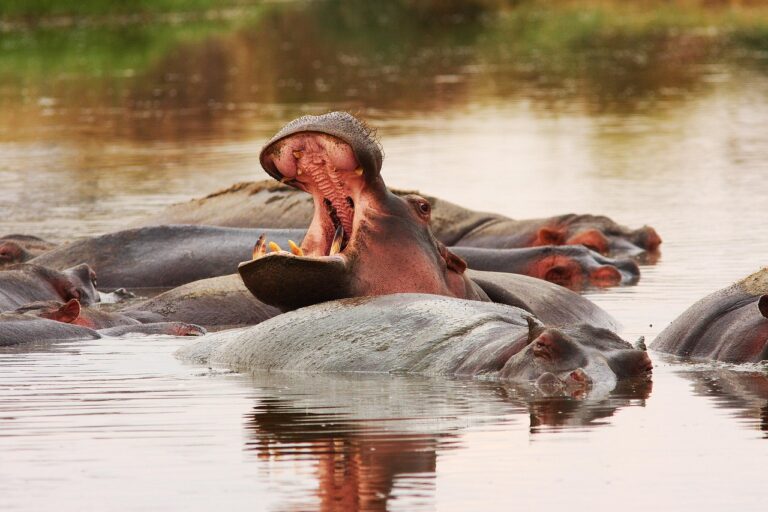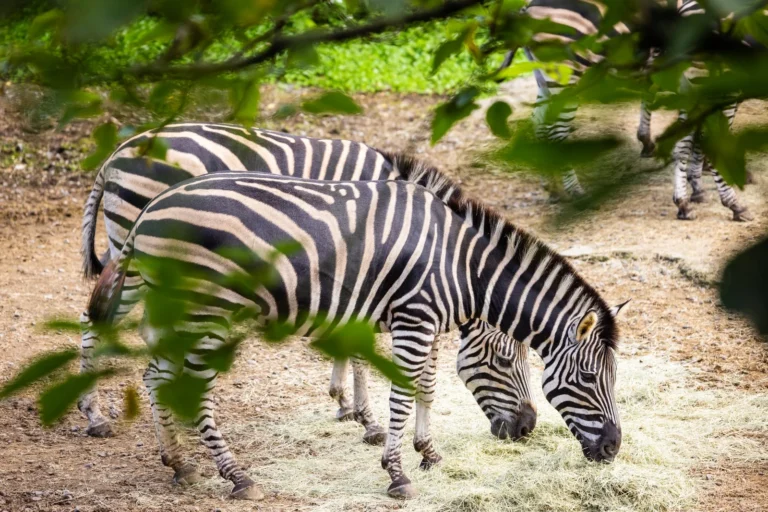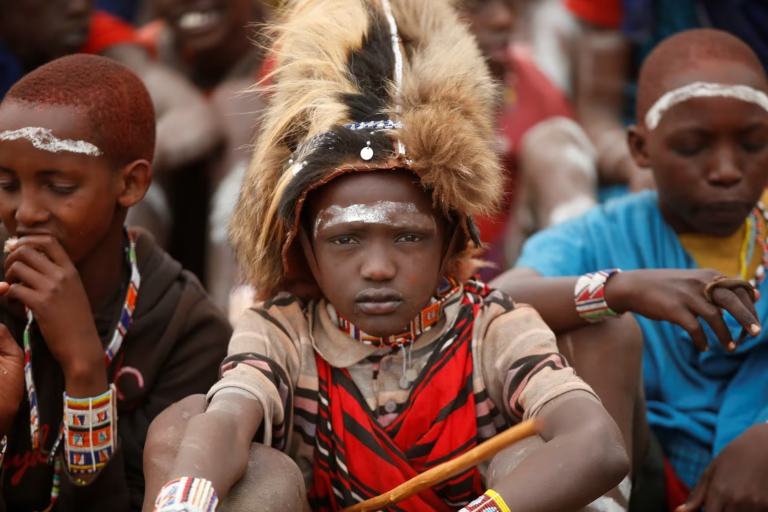Table of Contents
Tanzania Safari FAQs: Everything You Need to Know Before Your Trip
Tanzania Safari FAQs: A safari in Tanzania is a dream experience for many, offering incredible wildlife encounters, breathtaking landscapes, and unique cultural insights. To ensure you have the best experience, it’s important to be well-prepared. Here’s everything you need to know before your Tanzania safari, including answers to the most frequently asked questions about the trip.
Understanding Tanzania Safari FAQs can help ease any concerns and ensure you’re ready for your adventure. From the best time to visit to what to pack, knowing the answers to these questions will make your trip smoother and more enjoyable.
Before embarking on your safari, make sure to go through the Tanzania Safari FAQs to ensure you’re fully informed about what to expect, how to prepare, and what you’ll need to bring along for an unforgettable experience.
Frequently Asked Questions
1. What is the Best Time to Go on a Safari in Tanzania?
- Answer: The best time to go on a safari in Tanzania is during the dry season from June to October. This period is ideal for wildlife viewing as animals gather around water sources, and the foliage is less dense, making wildlife easier to spot. Another popular time is the Great Migration (June to August) in the Serengeti, with river crossings from July to October in the northern Serengeti and Masai Mara.
2. How Many Days Should I Plan for a Safari in Tanzania?
- Answer: A 7-10 day safari allows time to explore multiple national parks and regions at a comfortable pace. However, if you’re focusing on one area, a shorter 3-5 day safari in destinations like the Serengeti and Ngorongoro Crater can still provide an unforgettable experience.
3. What Are the Top National Parks to Visit?
- Answer: Tanzania is home to several iconic parks:
- Serengeti National Park: Famous for the Great Migration and Big Five.
- Ngorongoro Crater: Known for dense wildlife populations in a unique volcanic crater.
- Tarangire National Park: Known for its elephant herds and baobab trees.
- Lake Manyara National Park: Great for birdwatching and tree-climbing lions.
- Ruaha National Park: Offers a more remote, rugged safari experience.
| National Park | Key Highlights |
|---|---|
| Serengeti | Great Migration, Big Five |
| Ngorongoro Crater | Dense wildlife, unique volcanic setting |
| Tarangire | Elephant herds, baobab trees |
| Lake Manyara | Birdwatching, tree-climbing lions |
| Ruaha | Rugged terrain, fewer crowds |
4. Do I Need a Visa to Enter Tanzania?
- Answer: Yes, most travelers require a visa to enter Tanzania. Visas can be obtained on arrival at the airport or through the Visa application online. Tourist visas are typically valid for up to 90 days.
5. What Vaccinations Are Required for Tanzania?
- Answer: Key vaccinations for Tanzania include yellow fever (required if arriving from an at-risk country), hepatitis A and B, typhoid, and routine vaccines like MMR. Malaria prevention is also recommended, as Tanzania is a malaria-risk zone.
6. What is the Typical Daily Safari Schedule?
- Answer: A typical safari day includes:
- Early Morning Game Drive (6-9 AM): Best time for spotting active animals.
- Breakfast at Camp: After the morning drive, return to camp for breakfast.
- Midday Break: Relax at camp, as wildlife activity slows in the heat.
- Afternoon Game Drive (3-6 PM): Wildlife becomes active again as temperatures cool.
- Dinner and Evening: Relax around the campfire, often with storytelling or a brief guide on the next day’s activities.
7. What Should I Pack for a Tanzania Safari?
- Answer: Here’s a packing checklist for a comfortable safari experience:
- Clothing: Neutral-colored, lightweight layers, a wide-brimmed hat, sunglasses, and a scarf or bandana.
- Footwear: Comfortable walking shoes and sandals for relaxing in camp.
- Other Essentials: Binoculars, insect repellent, sunscreen, a good camera, and a flashlight or headlamp.
| Packing Essentials | Description |
|---|---|
| Lightweight, neutral-colored clothing | Blends with surroundings, suitable for layering |
| Binoculars | For close-up wildlife viewing |
| Insect repellent | Protects against mosquitoes and other insects |
| Camera | Capture memorable moments |
| Flashlight/headlamp | For evening use around the camp |
8. Is It Safe to Go on Safari in Tanzania?
- Answer: Yes, Tanzania is generally considered safe for tourists. Safari operators follow strict protocols to ensure safety on game drives and in camps. Be sure to follow the instructions of guides and camp staff, especially when near wildlife.
9. Will I Be Able to See the Big Five?
- Answer: The Big Five—lion, leopard, elephant, buffalo, and rhino—are present in several Tanzanian parks. The Serengeti and Ngorongoro Crater offer excellent chances to see all Big Five species, though rhinos are the most elusive.
10. Can I Go on a Self-Drive Safari?
- Answer: While possible, self-drive safaris are not recommended for first-time visitors due to challenging road conditions and navigation in remote areas. Guided tours provide a safer and more informative experience, with knowledgeable guides who can spot and identify wildlife.
11. What Kind of Accommodations Are Available?
- Answer: Tanzania offers various safari accommodations:
- Luxury Lodges: High-end lodges with luxurious amenities.
- Tented Camps: Eco-friendly options closer to nature.
- Mobile Camps: Set up seasonally to follow animal migrations.
- Budget Camps: Affordable, basic facilities.
12. What Food Can I Expect on Safari?
- Answer: Safari lodges and camps offer a range of cuisines, from traditional African dishes to international favorites. Meals typically include fresh local produce, and many accommodations cater to dietary preferences and restrictions upon request.
13. Is Tipping Expected on Safari?
- Answer: Tipping is customary for guides, drivers, and camp staff. Guides usually receive around $10-$15 per person per day, and camp staff around $5-$10 per day. Tipping practices may vary by camp, so check with your operator if unsure.
14. Are There Photography Guidelines on Safari?
- Answer: Yes, respecting wildlife is paramount. Avoid loud noises, keep flash off, and stay seated in vehicles when close to animals. A zoom lens (200mm or more) is highly recommended for capturing close-up wildlife shots.
15. What Currency Should I Bring?
- Answer: Tanzania’s currency is the Tanzanian Shilling (TZS), though US dollars are widely accepted in hotels, lodges, and for tips. Major credit cards are accepted in larger cities and lodges but carry cash for rural areas and small purchases.
16. Can I Combine a Safari with a Zanzibar Beach Trip?
- Answer: Absolutely! Many travelers end their safari with a beach getaway in Zanzibar. It’s an easy flight from Arusha or Kilimanjaro International Airport, making it a perfect way to unwind after a safari.
Conclusion
Tanzania Safari FAQs guide addresses essential topics to prepare travelers for a memorable safari in Tanzania. Whether you’re curious about the best time to visit, what to pack, or the Big Five, these insights ensure you’re ready for an unforgettable adventure.
Understanding Tanzania Safari FAQs is vital for a smooth experience. Knowing what to expect during a Tanzania safari can alleviate stress and ensure you have all the information you need for a seamless trip.
From Tanzania Safari FAQs on the best time to visit, tips for spotting the Big Five, to advice on the best wildlife reserves, this guide answers the most commonly asked questions.
Tanzania Safari FAQs can also help you understand what to pack, how to prepare physically, and how to choose the right tour for your needs. By answering all Tanzania Safari FAQs, this guide gives you the confidence to enjoy your adventure to the fullest.
For those wondering about the cultural aspects, Tanzania Safari FAQs also cover respectful travel and how to engage with local communities during your visit. Be sure to check all the Tanzania Safari FAQs to maximize your safari experience.

